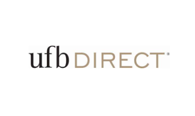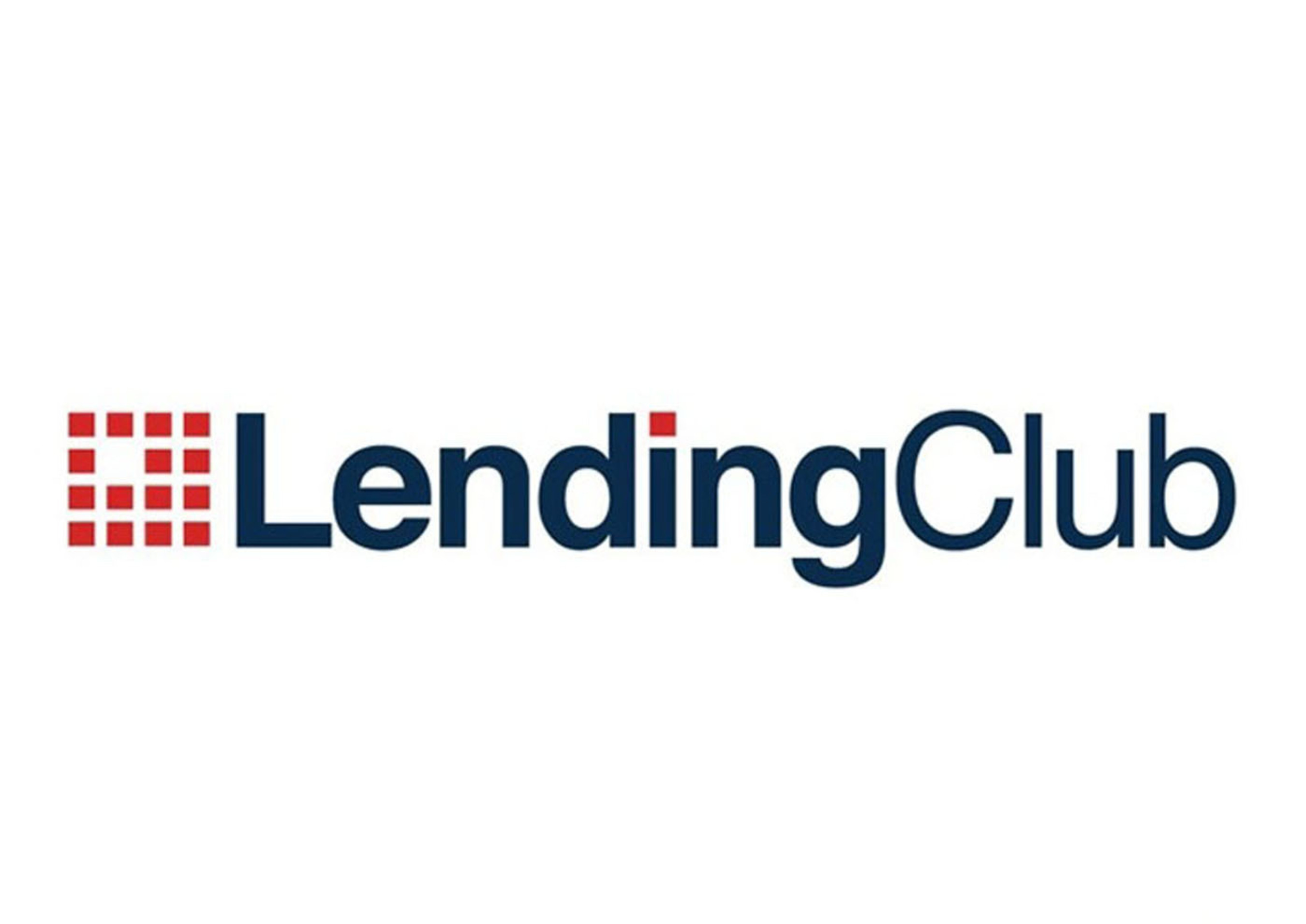Editor's Note: APYs listed in this article are up-to-date as of the time of publication. They may fluctuate (up or down) as the Fed rate changes. CNBC Select will update as changes are made public.
If you're looking to maximize your savings, now's the time to pay attention to where your cash is stashed. These days, savers can earn an APY around 5%.
A savings account's annual percentage yield, or APY, determines the amount of interest an account holder earns in a year. This is an important number to look at when choosing a high-yield savings account. The higher the account's APY, the faster one's savings will grow. Yet the percentage is always fluctuating.
The APY on a savings account is variable. This means that an account's APY can go up when the economy is doing well and the Federal Reserve raises interest rates, and it can likewise drop when the economy weakens and the Fed lowers interest rates.
Below, CNBC Select explains in-depth why your APY changes and what that means when you're deciding whether to put your money into a high-yield savings account.
Why your APY goes up and down
Though it's important to consider the APY when choosing a high-yield savings account, the rate you sign up for is not guaranteed forever. In fact, APYs are subject to change without notice, as they often fluctuate in accordance with the Fed rate.
When the economy is facing a downturn, the Fed will sometimes lower interest rates to make it cheaper for consumers to borrow or invest their money. This encourages people to take out loans and spend more money, which, in theory, stimulates the economy. Large transactions, such as buying a home or taking out a business loan, become more affordable because interest rates are lower. Consumers will be more willing to spend and ultimately cash will flow back into the economy.
While lowering interest rates is good for borrowers, it's not so good for savers. Banks also use the Fed rate as a benchmark for savings account yields. When the Fed rate decreases, the interest rate on your high-yield savings account will also likely decrease.
But when the economy is booming, the opposite happens. That's why, in the long run, a high-yield savings account is a good idea no matter what. The Fed will often raise interest rates in a strong market to stabilize borrowing and spending, which makes credit more expensive but gives savings accounts an added edge. Banks often increase savings yields in a strong market, giving you a more lucrative place to stash your money.
You can look at the current market conditions as an example: The federal funds rate has gone from 0.25% in March 2022 to what is currently 4.75%. Many banks have reacted by raising the rates they offer to their customers, leaving savings account holders with a higher return on their cash.
Why a high-yield savings account is always a good idea
Even while banks can lower or raise APYs, a high-yield savings account is still a good place to put your money.
The national average APY on regular savings accounts is just 0.35%, according to the Federal Deposit Insurance Corporation (FDIC). That's over 14 times less than what the highest-yield savings accounts currently offer.
If you're looking to maximize your savings, consider transferring your money to one of CNBC Select's best high-yield savings accounts:
- Best overall: LendingClub High-Yield Savings
- Best for earning high APY: UFB Preferred Savings (previously known as UFB Best Savings)
- Best for no fees: Marcus by Goldman Sachs High Yield Online Savings
- Best for checking/savings combo: Ally Online Savings Account
- Best for easy access to your cash: Synchrony Bank High Yield Savings
- Best for earning airline miles: Bask Bank Mileage Savings Account
- Best for welcome bonus: SoFi Checking and Savings
- Best if you want extra help saving: Varo Savings Account
LendingClub High-Yield Savings
Annual Percentage Yield (APY)
5.00%
Minimum balance
No minimum balance requirement after $100.00 to open the account
Monthly fee
None
Maximum transactions
None
Excessive transactions fee
None
Overdraft fees
N/A
Offer checking account?
Yes
Offer ATM card?
Yes
Terms apply.
UFB Secure Savings
Annual Percentage Yield (APY)
Up to 5.25% APY on any savings balance; add a UFB Freedom Checking and meet checking account qualifications to get an additional up to 0.20% APY on savings
Minimum balance
$0, no minimum deposit or balance needed for savings
Fees
No monthly maintenance or service fees
Overdraft fee
Overdraft fees may be charged, according to the terms; overdraft protection available
ATM access
Free ATM card with unlimited withdrawals
Maximum transactions
6 per month; terms apply
Terms apply.
Read our UFB Secure Savings review.
Marcus by Goldman Sachs High Yield Online Savings
Annual Percentage Yield (APY)
4.40% APY
Minimum balance
None
Monthly fee
None
Maximum transactions
At this time, there is no limit to the number of withdrawals or transfers you can make from your online savings account
Excessive transactions fee
None
Overdraft fee
None
Offer checking account?
No
Offer ATM card?
No
Terms apply.
Bottom line
The APY you earn on your savings can go up and down at any time. With a high-yield savings account like one of the above, however, you can rest assured that your money is growing over time even as your interest rate continues to flux.
Our best selections in your inbox. Shopping recommendations that help upgrade your life, delivered weekly. Sign-up here.
Catch up on Select's in-depth coverage of personal finance, tech and tools, wellness and more, and follow us on Facebook, Instagram and Twitter to stay up to date.
Read more
Information about the Synchrony Bank High Yield Savings has been collected independently by Select and has not been reviewed or provided by the issuer of the card prior to publication.





